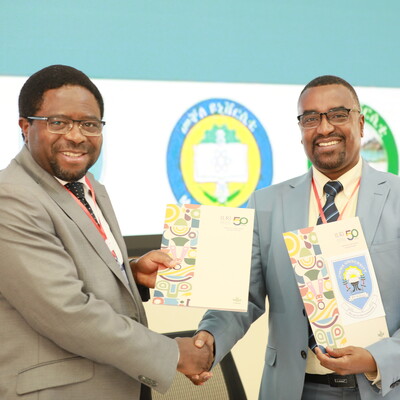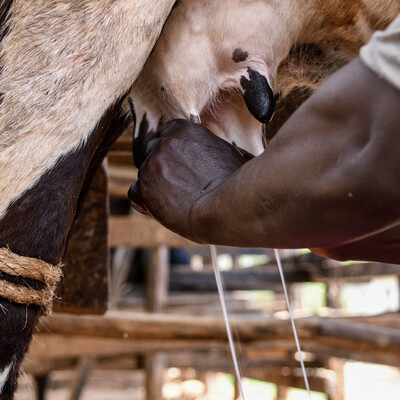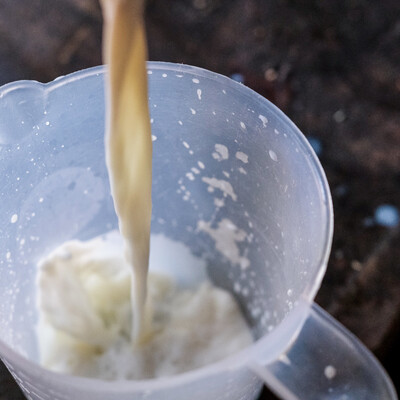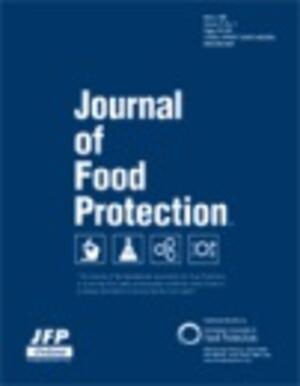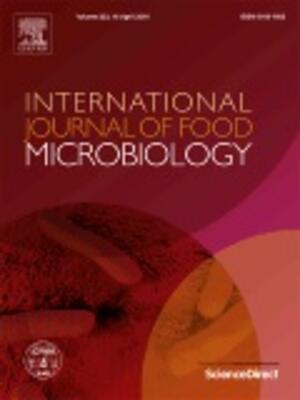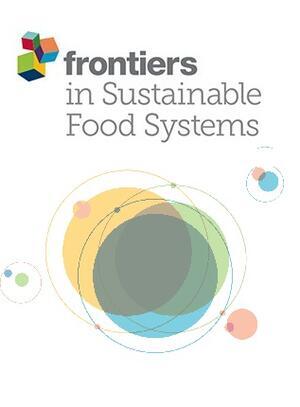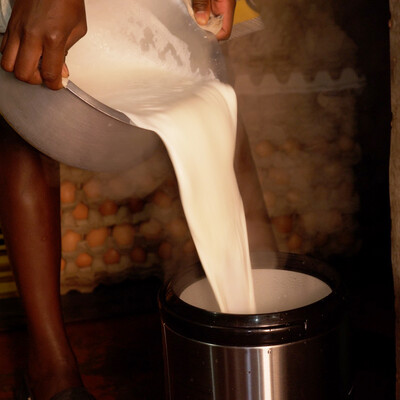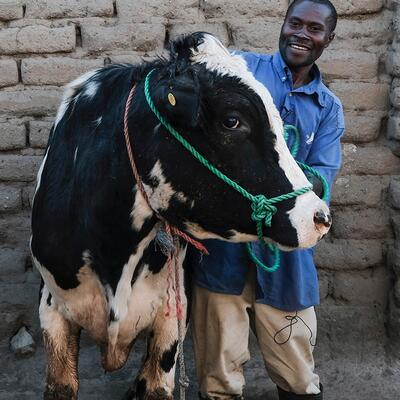
New research offers insights on bridging the gap between policy and reality in Kenya’s informal milk sector
Effective communication and constructive dialogue on inclusive ways forward between policy-makers and informal milk vendors can help to bridge the gap between policy and reality in Kenya’s informal milk sector, according to a new research study published in Development Policy Review (May 2022).
Around 80% of milk in Kenya is sold informally, providing livelihoods and contributing to the food security and nutrition of low-income consumers. Government policy, however, is focused on formalization—primarily through licensing and pasteurization—with enforcement via fines, confiscation of milk or closing the premises of informal actors.
The study, which was carried out by researchers from the International Institute for Environment and Development (IIED) and the International Livestock Research Institute (ILRI), sought to better understand if, and why, Kenya’s informal milk sector and regulatory system are disconnected from one another and how the policy–reality gap might be better bridged.
To understand the nature and performance of Kenya’s informal milk markets and their governance, the authors used surveys with informal market players and key informant interviews. Fieldwork was carried out in Nairobi in late 2018.
The study found that milk safety and quality matters to all actors in informal milk value chains. The trust-based system used is effective in moderating behaviour and assessing and prioritizing quality and safety.
However, government policy was found not to accomplish the stated goal of formalization, with low levels of licensing among informal actors. Pasteurization was not rewarded in the market and there was some evidence of sub-optimal pasteurization processes being undertaken to satisfy regulators.
These findings point to a gap between the reality of Kenya’s informal milk sector and its policy and regulatory system.
This gap is seen in the form of adversarial relationships between regulators and informal actors, and unnecessary transaction costs, missing opportunities for enhancing livelihoods, food safety, and food security.
The authors of the study therefore recommend that new approaches build on and consider existing approaches taken by actors in informal food markets to ensure food safety and quality.
Citation
Blackmore, E., Guarín, A., Vorley, B., Alonso, S. and Grace, D. 2022. Kenya’s informal milk markets and the regulation-reality gap. Development Policy Review 40(3): e12581.
Photo credit: Milk collection at a dairy plant in Ol Kalou, Kenya (ILRI/Paul Karaimu)







